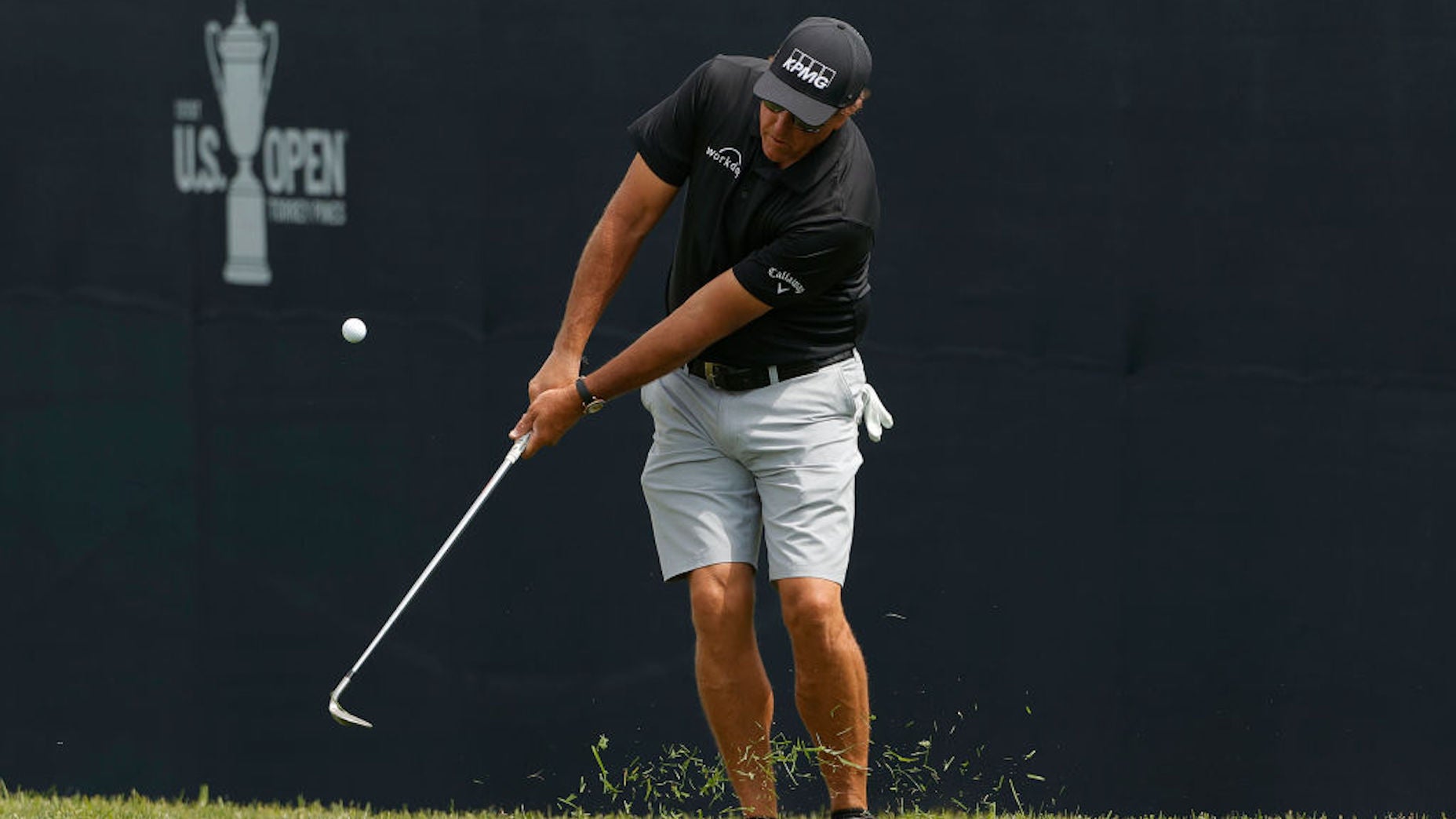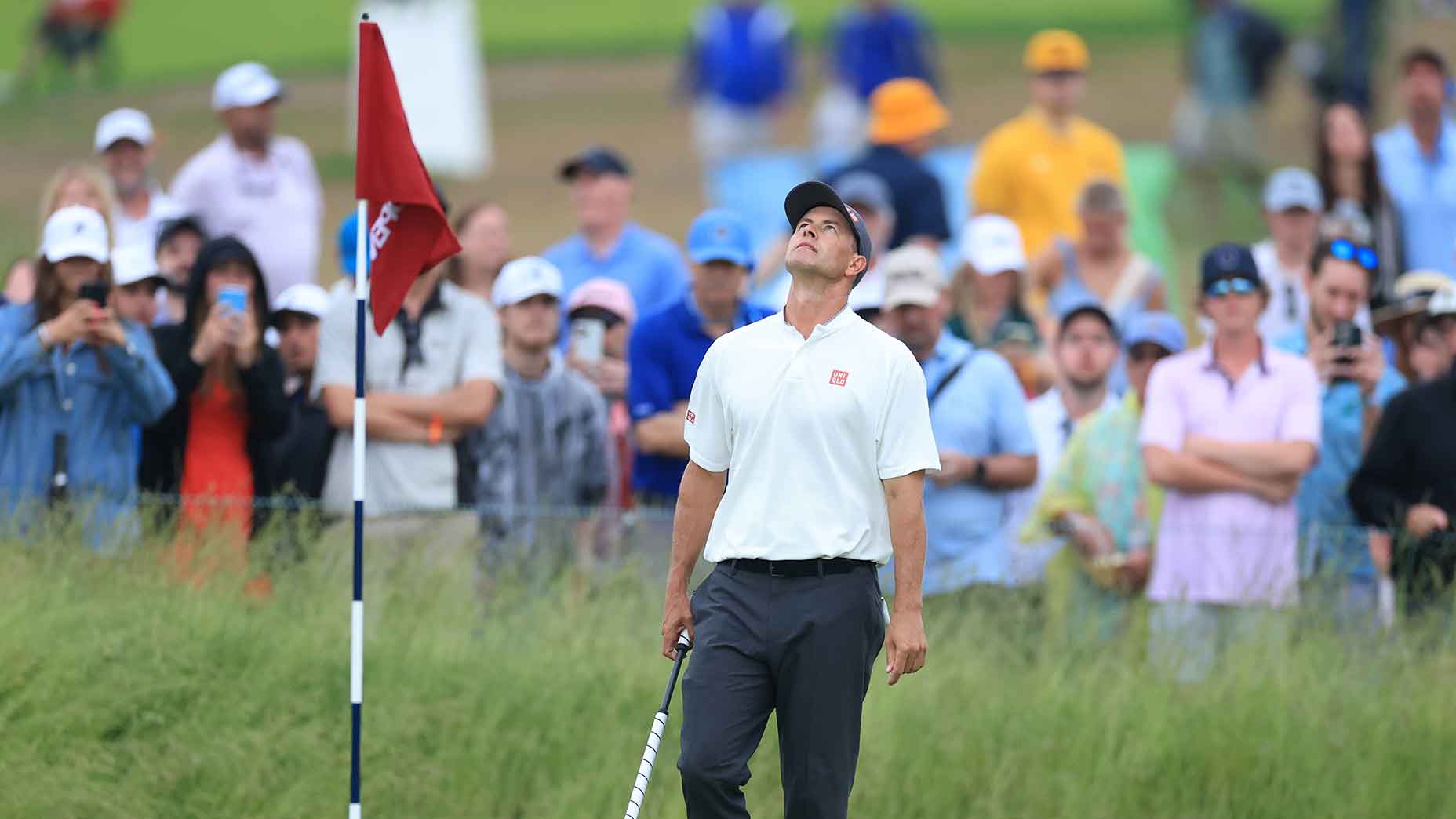Tiger Woods has his stinger, and Phil Mickelson has his flop shop. No two players have been more synonymous with their own respective signature shots, and while we’ve heard Tiger explain plainly how to hit his signature stinger, when it comes to his flop shot, Phil says there’s one thing people always get wrong.
During his practice round on Monday at the U.S. Open, Phil was entrenched in an animated conversation about it with Bryson DeChambeau and his coach, GOLF Top 100 Teacher Chris Como, on Torrey Pines South’s 18th hole, which he expanded on with the media later.
“There’s kind of a misunderstanding on how the flop shot works,” he said.

What Phil wants you to know
There’s an age-old adage in golf that if you want to hit the ball up, you have to hit down. That’s the essence of what Phil and Como were talking about.
“Most people kind of try to flip with their hands and catch the ball first,” Mickelson said, which can lead to thinned shots and chunks — especially on the kikuyu grass this week.
But Phil wants you to do the opposite: To open the clubface, then drive it down into the turf, hard. So hard that the clubface actually hits the ground first, before the ball, the same way as a bunker shot.
“They were getting a close-up of how I drive the club into the ground first and then it bounces into the ball,” he explained. “Chris [Como] just wanted to show the evidence because he was — he’s right in that you actually hit the ground first before on a flop shot.”
This, combined with an open clubface, helps the club “bounce” into the ball, sending it high and landing it soft. It’s the recipe for a perfect flop shot, but it takes some commitment: You need to swing the club fast and commit to moving the clubhead under the golf ball, through the ground.










